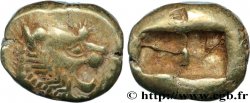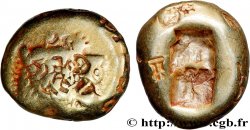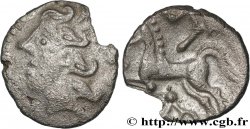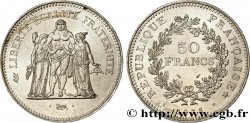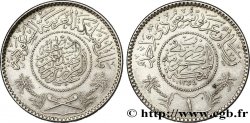bgr_960284 - LYDIA - LYDIAN KINGDOM hemi-hecte
850.00 €(Approx. 969.00$ | 731.00£)
Quantity
Add to your cart

Type : hemi-hecte
Date: c. 610-550 AC.
Mint name / Town : Sardes, Lydie
Metal : electrum
Diameter : 7,5 mm
Orientation dies : - h.
Weight : 1,18 g.
Rarity : R2
Coments on the condition:
Monnaie centrée. Jolie tête de lion. Fine usure régulière. Patine de collection
Catalogue references :
BMC.8 (Lydie) - P.- - Aulock- - GC.3402 (300£) - Rosen654 - Dewing- - B. traité- pl. 2/ - Lockett2978
Obverse
Obverse legend : ANÉPIGRAPHE.
Obverse description : Tête de lion à droite, verrue sur le front (étoile).
Reverse
Reverse description : Double carré creux informe.








 Report a mistake
Report a mistake Print the page
Print the page Share my selection
Share my selection Ask a question
Ask a question Consign / sell
Consign / sell
 Full data
Full data
